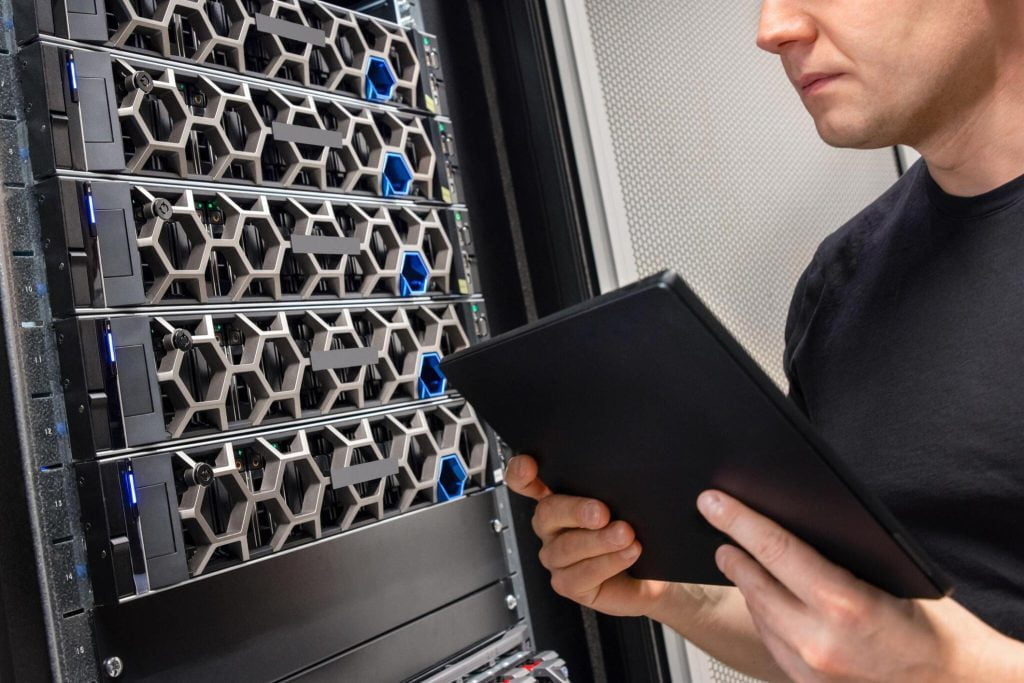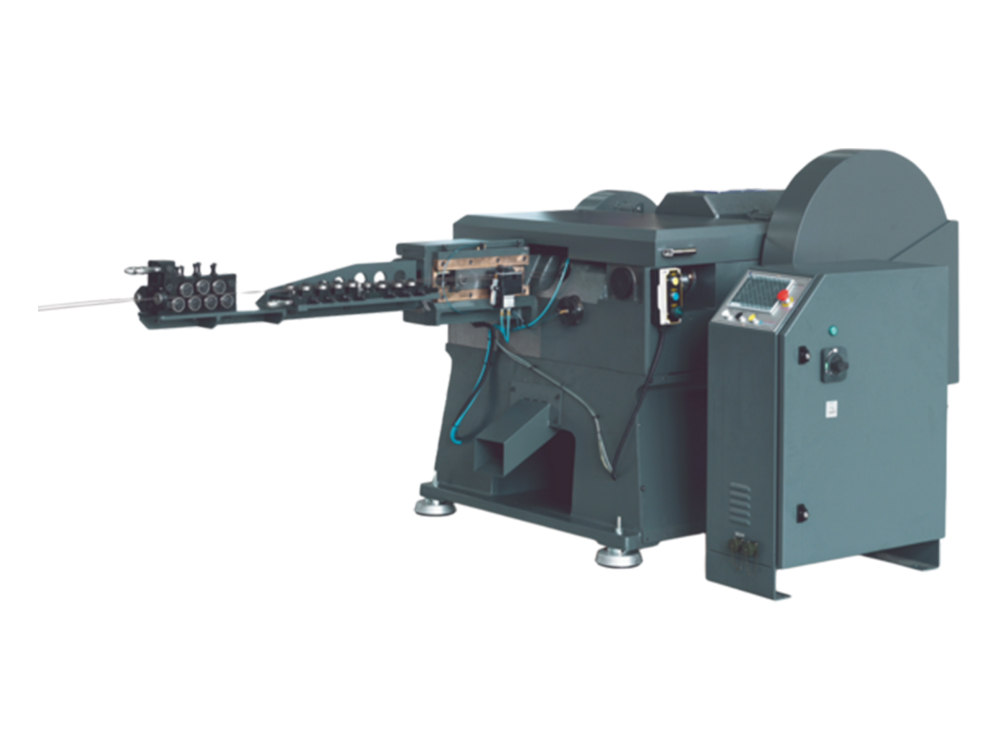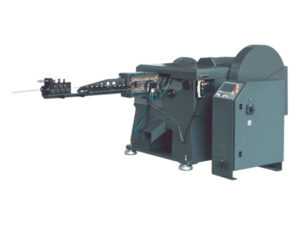Introduction to Hyperconverged Storage
In today’s data-driven world, businesses are constantly grappling with the challenge of managing an ever-growing repository of digital information. The emergence of hyperconverged storage has revolutionized the way organizations handle data by combining compute, storage, and networking functionalities into a unified, scalable platform. This integration is particularly advantageous for organizations looking to simplify their data centers while enhancing their ability to adapt to change. Hyperconverged storage offers a dynamic and consolidated infrastructure that significantly reduces the need for separate storage systems, facilitates easier deployment of resources, and supports diverse application portfolios.
The premise of hyperconverged infrastructure (HCI) is to provide a software-centric architecture that enables centralized management of integrated technologies. As organizations seek to remain competitive in rapid technological advancements and a data proliferation landscape, hyperconverged storage systems offer a modular approach capable of scaling alongside business needs.
Key Components of Hyperconverged Infrastructure
At the heart of any hyperconverged infrastructure lies the trinity of its core components: computing power, storage capabilities, and networking features. Collectively, they form a seamless ecosystem that supports the varied demands of modern businesses. The computing aspect ensures efficient processing of applications across virtual environments, which is indispensable for enterprises with heavy workloads. Next, enhanced storage modules within the HCI provide high performance and data redundancy, empowering businesses with ready-to-access and secure data pools. Networking resources integrate these functions, facilitating fluid communication and sharing across the setup.
Management simplicity forms the linchpin of the entire HCI model. By converging these components into a single, software-defined platform, companies gain the advantage of managing their infrastructures through unified interfaces.
Benefits of Hyperconverged Storage for Businesses
Hyperconverged storage stands out for its myriad benefits that align closely with the business’s practical and financial realities. The first and most praised advantage is the ease of management. Hyperconvergence strips away the complexity traditionally associated with running a data center by integrating disparate components under one umbrella. This simplified approach leads to greater operational efficacy and allows IT teams to allocate their time and skills toward innovation rather than maintenance. Another hallmark benefit is the scalability offered by HCI solutions. Unlike conventional storage systems, hyperconverged infrastructure allows businesses to grow their storage and computational power incrementally, reducing the need for disruptive and costly overhauls of IT systems. The result is a nimbler, more adaptive infrastructure that grows with business needs.
Cost savings manifest on multiple fronts with HCI technology. By consolidating resources, organizations can achieve a more streamlined hardware footprint, diminishing the need for physical space and associated maintenance costs.
Hyperconverged Storage Versus Traditional Storage Architectures
The choice between hyperconverged storage and traditional storage architectures is often determined by specific organizational needs and legacy infrastructure concerns. Traditional storage has a well-deserved reputation for reliability and performance in dedicated applications, yet it can be characterized by rigidity and complexity that hinder rapid expansion or reconfiguration. Conversely, hyperconverged storage is celebrated for its agility, with a modular design conducive to quick scalability and deployment. This agility is particularly beneficial for businesses that need to respond swiftly to market changes or growth opportunities, allowing them to add or redeploy resources without the prolonged timelines associated with traditional storage infrastructure.
While traditional architectures may offer granular control over individual components, this comes at the cost of increased management complexity. Hyperconverged storage distills the complex frameworks of traditional systems into more manageable and user-friendly interfaces.
The Role of Hyperconvergence in Disaster Recovery Planning
Disaster recovery is a cornerstone of business resilience, and here again, hyperconverged storage assertively marks its territory. The integrated nature of HCI minimizes points of failure and promotes a robust architecture suited to withstand operational disruptions. With hyperconverged storage, businesses gain access to features like automated backups, instantaneous snapshots, and seamless failover capabilities. When disasters strike, having these capabilities in place can dramatically expedite the recovery process, reducing downtime and ensuring continuity of services — vital considerations in an era where even brief periods of unavailability can lead to significant financial and reputational damage.
Notably, the cohesive design of hyperconverged solutions facilitates data integrity and accessibility during recovery efforts. This is achieved by distributed storage across nodes that protect data against individual hardware failures. In addition, the simplicity inherent in HCI’s single-pane management platform lends itself to more streamlined disaster recovery planning and execution, further cementing hyper-convergence as a valuable asset for any business aiming to bolster its defense against unforeseen events.
Future Trends in Hyperconverged Storage
The frontier of hyperconverged storage is being reshaped by technological growth and evolving business requirements. Integration with cloud computing is a particularly exciting development, heralding an era of hybridized architectures that blend on-premises HCI with cloud services. This fusion aims to leverage both environments’ benefits, providing businesses with unparalleled flexibility and scalability. Artificial intelligence and machine learning strides are set to amplify HCI’s value proposition further, with intelligent systems optimizing resource allocation, performance, and anomaly detection in unprecedented ways.
The pursuit of enhanced data efficiency is equally significant, as techniques like deduplication and compression represent critical means to grapple with burgeoning data volumes. Innovations in these areas help mitigate storage demands and foster a more sustainable growth trajectory for data centers.
How Hyperconvergence Meets the Demands of Big Data
The pressure to manage vast data stores effectively is paramount in big data. Hyperconverged storage is the ace in data-centric enterprises’ hands, enabling robust infrastructure solutions adept at storing and processing enormous datasets without faltering. Real-time data processing becomes a reality with HCI, an essential component for businesses in digital transformation, where swift access to actionable insights can be the difference between leading and trailing in competitive markets.
HCI’s role in supporting data analytics cannot be overstated. It provides a responsive foundation that accommodates big data applications’ intensive workloads and dynamic nature. Through hyperconverged infrastructure, enterprises can leverage advanced analytics capabilities and unlock value from their data reserves, propelling them toward informed decision-making and strategic business initiatives.
Security Implications of Hyperconverged Storage
With today’s heightened focus on data security, hyperconverged storage steps up to the plate with a comprehensive suite of protective measures. The architecture of HCI inherently lends itself to a more manageable security landscape, consolidating multiple defensive mechanisms within a unified framework. Businesses are bolstered by HCI’s integrated approach to security, combining traditional safeguards like firewalls and intrusion detection with modern encryption methods to secure sensitive data against evolving threats.
Regarding compliance with industry regulations and standards, the centralized management capabilities inherent in hyperconverged infrastructure drive efficiency and accuracy in policy enforcement. This unified oversight ensures that compliance requirements are met with fewer complexities, securing the integrity of data and the trust of clients and stakeholders alike.
The Environmental Impact of Hyperconverged Solutions
Environmental sustainability is no longer just a catchphrase but a pressing global necessity affecting corporate policies worldwide. Hyperconverged storage contributes positively to this imperative by promoting greener operations through its condensed and energy-efficient nature. This lean approach diminishes the physical space required for data centers, curtails energy expenditure, and eases the carbon footprint of technological progress.
Organizations conscious of their environmental responsibility have found an ally in hyperconverged infrastructure. By reducing hardware redundancy and optimizing performance, HCI’s energy-efficient model aligns well with broader initiatives to create more sustainable and responsible business practices in the technology sector.
Real-World Success Stories of Hyperconverged Storage Implementation
From healthcare to finance, enterprises across the spectrum are reaping the benefits of hyperconverged storage implementations. These success stories showcase the transformative impact that HCI can have on business processes, IT responsiveness, and operational agility. For instance, a healthcare provider leveraged hyperconverged infrastructure to streamline patient data processing, improving care delivery and patient outcomes. Another example is a retail giant that utilized hyperconverged storage to manage its vast inventory data, enhancing its supply chain efficiency and customer satisfaction.
These stories highlight the practical application and tangible benefits that hyperconverged storage brings to the table. The significant shift in IT workload management and infrastructure maintenance directly influences more engaged teams and efficient business operations, leading to marked improvements across organizational metrics.
Conclusion
The transformative journey from conventional storage systems to hyperconverged infrastructure signifies a pivotal shift in the IT landscape. Hyperconverged storage ushers in a future where data centers are more agile, resilient, and aligned with business objectives. By embracing hyperconverged solutions, companies can leverage the benefits of simplified management, enhanced flexibility, and robust disaster recovery mechanisms.
As technology advances, hyperconverged storage’s role is set to become more prominent, driven by the demands of big data, the imperatives of security, and the ethos of environmental sustainability. With a clear vision of the capabilities and advantages that hyperconvergence brings, organizations can confidently navigate the complexities of data management and position themselves for success in the digital era.

















